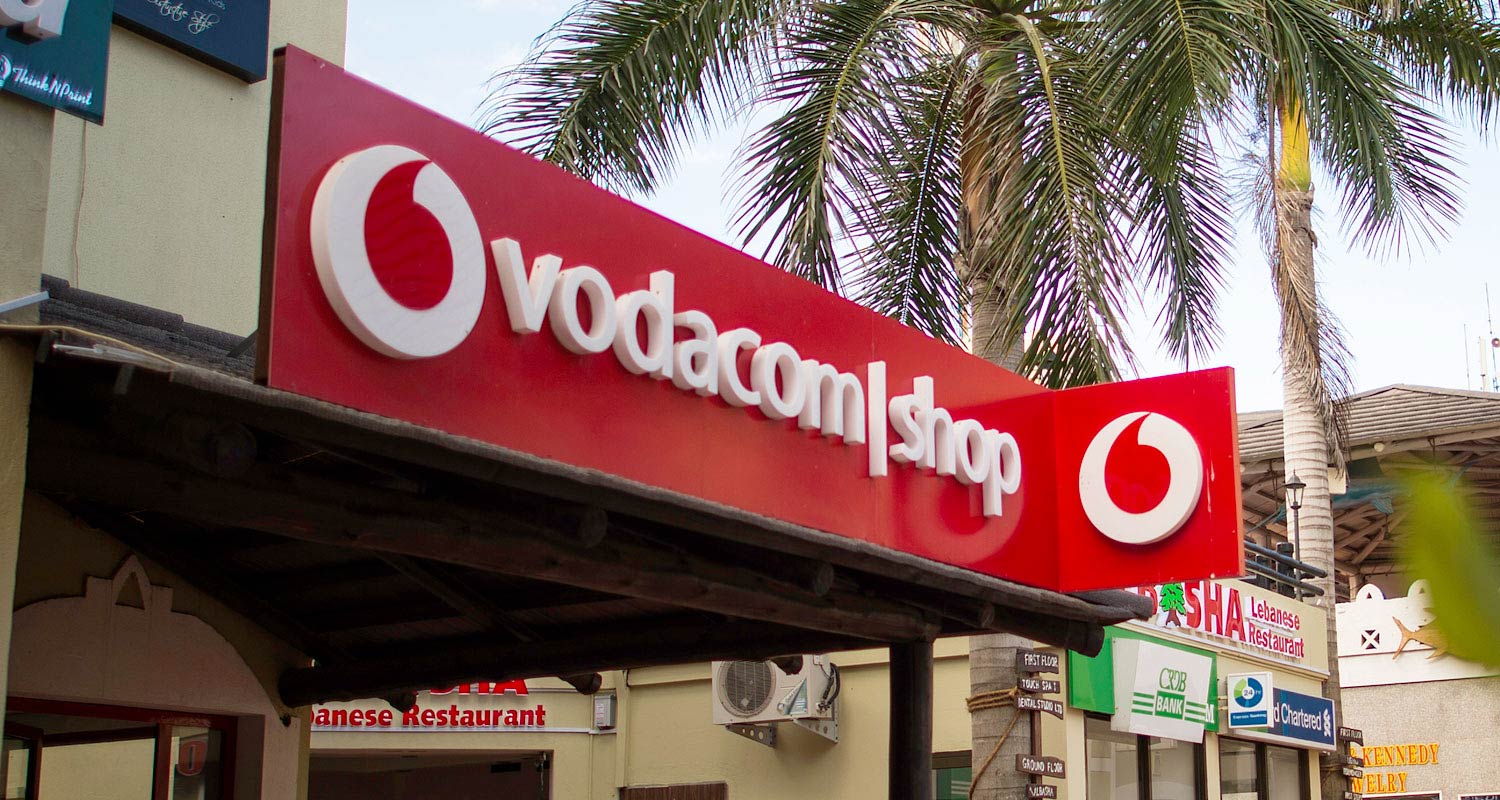JSE-listed Vodacom Group is doing rather well, despite a difficult macroeconomic picture in its home – and most important – market, South Africa.
The pan-African telecommunications operator, which is controlled by the UK’s Vodafone Group, on Monday hiked its dividend, increased its earnings guidance and said it was targeting 260 million subscribers by 2030, up from about 211 million now.
Bitcomme editor Duncan McLeod and senior journalist Nkosinathi Ndlovu sat down with Joosub over a video call following the publication of the annual results to discuss these topics and more. This is an edited and shortened transcript of the interview.
Bitcomme: Vodacom South Africa spent R11.6-billion in capex in the 2025 financial year, the most it has deployed historically. Does this represent a peak in network investment?
Shameel Joosub: No, capex is based on the capex-to-sales ratio, so we’ll probably spend more next year because the revenues will go up. We try and invest on a capex-to-sales ratio based on a guidance range of between 13.5% and 14%, and then we allocate capital to different markets. So, South Africa will get more than that (R11.6-billion) next year.
TC: How has the relative energy stability over the last year affected how capex is spent in South Africa?
SJ: It has allowed us to redeploy capex into growing the 5G network again. And then, of course, adding capacity, modernising the sites, fibre to the sites, improving our IT platforms, and so on.
Network investment
TC: Although your capex spend has ramped up, it has historically been below R10-billion. Should we expect a capex spending number above R10-billion permanently going forward for Vodacom South Africa?
SJ: Yes, it will always be. In fact, it will be over R11-billion going forward.
TC: Low-Earth-orbit satellites are going to play an increasingly important role in telecoms. How do you see the LEO satellites affecting the sector?
SJ: Satellites don’t have the capacity to carry the full traffic load of a country. You are looking at 4% or 5% of the traffic in a country at best that will go through satellite. There are three parts to satellite: the first is direct-to-dish, and that is where the likes of Starlink and Amazon’s Project Kuiper will play. In that context, we will resell that connectivity as an alternative to fibre and fixed-wireless access. Typically you will see that being sold where there isn’t any other form of connectivity.
Read: Job cuts hit Vodacom South Africa – 113 roles to go
Then you have direct-to-mobile and there it is important to understand that it is not going to carry all the mobile traffic. Currently it is light data, so WhatsApp and that sort of thing. You also have to have line of sight to the satellite, so you have to be outside. It’s more for when you are stuck in an area with no coverage or there are adverse weather conditions.
The third part is backhauling, which is an immediate opportunity for telcos because LEO satellites have better latency and the pricing is better than the historical geostationary satellites that did backhaul. So, we have 1 200 sites across our markets doing backhaul today; we can now move those to a better technology, which the LEO satellites provide.
 TC: Vodacom also has a partnership with Amazon’s Project Kuiper. Have there been any discussion between yourselves and Starlink?
TC: Vodacom also has a partnership with Amazon’s Project Kuiper. Have there been any discussion between yourselves and Starlink?
SJ: Yes, we have, and we are continuously having discussions with them. Of course, they need to be licensed in South Africa first, but we are looking at how we distribute their product in the markets where they are already licensed.
TC: Regarding Vodacom Vision 2030 strategy and your target of 260 million subscribers by 2030, from about 211-million now, which markets do you see those 50 million new subscribers coming from?
SJ: It will essentially come from everywhere since it requires us to grow by 10 million customers a year – that’s about 5% growth per year. We are currently growing at around 4%/year… You will see that growth coming from Ethiopia, because that is a greenfields operation. There the customer base grew by 103% in a year. Egypt continues to grow strongly. It will also come from places like the Democratic Republic of Congo, where our penetration levels are still low. That is why we have a joint venture with Orange to put up 2 000 new sites that will open up new areas and therefore new customers in the DRC.
TC: Does the 160 million target include any potential acquisitions?
SJ: I don’t think we are looking at any acquisitions as such. Of course, in the markets we do operate in, if there is in-market consolidation … we’ll look at it. We are not looking at increasing the footprint but are rather looking at deepening our provision within those markets. So, for example, we will double down on fintech and fibre because we believe there’s opportunity in those markets as opposed to going to buy into a new market.
MVNOs
TC: Regarding your MVNO strategy, you made an announcement involving Mr Price some time ago. Do you have any others lined up?
SJ: We’ve built a mobile virtual network enablement platform and are happy to do business with potential MVNOs. At this stage, we have onboarded Mr Price and we’ll be announcing others as soon as they come on board.
TC: Is there a reason it is taking so long to onboard new MVNOs? Is Vodacom keen to have MVNOs on its network or is it simply complying with regulatory requirements?
Read: Big twist in Vodacom, Maziv merger saga
SJ: No, we are complying on one hand, but on the other hand we are making sure that we bring on more MVNOs. But it has to make sense for us. And remember, historically we had capacity constraints during the spectrum-starved years so we weren’t rushing out to bring on MVNOs. But we have created an MVNO strategy and we are open for business. – © 2025 NewsCentral Media
Get breaking news from Bitcomme on WhatsApp. Sign up here.

